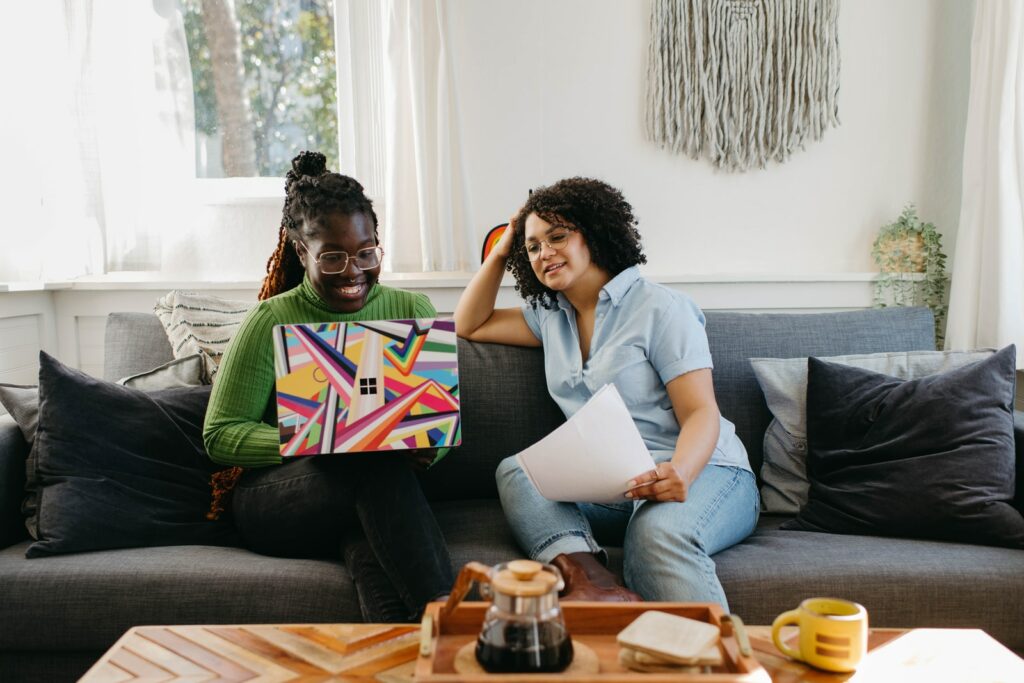Einstein said, “No problem can be solved from the same consciousness that created it.” Einstein means in whatever situation we are facing; we need to rise up to a new consciousness.
This week’s work about openness in the ONL course made me think of all the educational resources that is locked behind “money -bars”. My own published papers for example are not available to everyone and books are not free online. University libraries pays a lot of money to share locked up resources open to their students. Worldwide the access to online material differs. Their exist a bias in online openness that the open does also exclude a lot of high-quality material.
Einstein’s theory on how new consciousnesses urged to develop society is an easy theory to put but much harder to carry through in practice. The open resource material offers a range of different ways to develop ones consciousness, if available! Educational resources come to live when learner use them. It is in the application of an educational resource that learning takes place. I will in the following section argue for the learner as a catalyst for real openness online a way to make resources open on the global arena.
Online access is unequally distributed. In some countries and institutions, a very broad access is offered learners to develop their view on specific topics. An alternative way of developing ones consciousness is partaking in discussion and common work on models and theories. Without access to all material still a knowledge transfer occurs in interaction between humans. The learner collaboration and partaking become the motor of consciousness development. This strategy is supported by the online format where perspectives and backgrounds could meet more easily than in physical forms. Investigation of climate adaption or power reeducation in various countries or contexts would be much easier when people representing cultures and nations could compare their contexts online than individuals within a classroom setting.
The third alternative to develop ones consciousness deal with producing online material that is put out in the open for comments and reviews. The online format is again an advantage in developing consciousness. Learners from varying disciplines can contribute to new ways of thinking and acting by their feed-back on material. Creative common licenses are helpful for the learner in limiting the use of material, and a tool that can instill courage to share advanced work by learners (Creativecommons.org.nz). In Hodgkinson-Williams and Arinto, (2017) the three ways of consciousness building is presented as levels of social inclusion. The material production level is referred to as social inclusion as empowering students. Looking to the global south not all geographical regions can access materials as easy as in the westernized countries. The participation and interactive part of educational resources online and the access to student produced material is a way to connect to the locked world of educational resources side stepping the economic barriers. The level of broadening perspectives online is for global south learners made available through open material resources, but also by the participation and empowerment actions.
Perspectives and views on educational resources from a wide range of learners is the component that make open resources unique and challenge our conciseness. Without the collaborative aspect of learning there is a risk of intellectual closedness, even if online libraries stand wide open.
Creative commons.org.nz
Web page: https://www.youtube.com/watch?v=4ZvJGV6YF6Y
Hodgkinson-Williams, C. Arinto, P. (editors) 2017. Adoption and impact of OERs in the global south. African Minds.

Nina V
April 9, 2022 — 12:40 pm
Hi Ann,
Wonderful reading your blog. I kind of relate to what you wrote since I come from the global South (India) and I did suffer from being denied access to material often times when I was teaching in my small hamlet. Yet what astounds me is how quickly students are able to reinvent and navigate through what remains blocked off to them. They are so, so resourceful.
Of course this is in sharp contrast to what is happening now in Singapore (as I started teaching here in Jan) when I am drowning in “too much” material. I am spoilt for choice. I spend an inordinate amount of time trying to decide what to use and which perspective to take.
As they say, the grass is always green on the other side. I have learnt from both spaces.
Eduard
April 19, 2022 — 9:54 am
Very interesting take on openness and about sharing materials in general. I have some similar thoughts on how we can be more open in how we develop material in the same way we do open our research papers more and more.
Eduard Enoiu
April 19, 2022 — 9:54 am
Very interesting take on openness and about sharing materials in general. I have some similar thoughts on how we can be more open in how we develop material in the same way we do open our research papers more and more.